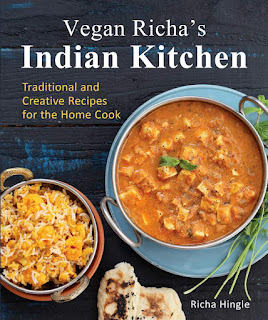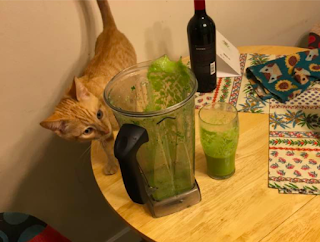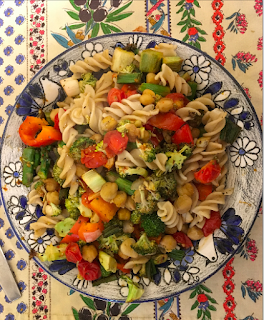Last time I was at Whole Foods I was tempted to pick up a bag of tiny sweet bell peppers. They come in shades ranging from yellow to red and are no more than an inch or two in length (and girth.) I had lofty paella plans, but ended up using them as a lovely snack. They become sweet and delectable when roasted.
You don’t need olive oil or any fancy seasoning. Just place some peppers in one layer on a baking sheet and pop into a 350-degree oven for about 10-15 minutes. They are ready when they are soft and sport a few dark scorched spots.
Some folks place them, piping hot, into a plastic bag, and let them steam, and then peel them. I don’t think that’s necessary to enjoy them – they’re good as they are.
You can put a tiny bit of filling in each one after they’re finished: tofu “cheese” or faux gras, but that’s unnecessary. They really are delicious as they are.
Pack them in a little box and take them to work as an afternoon snack, and don’t forget to share them with friends!
Here are a bunch of other suggestions, all of which can easily be veganized by substituting the cheese they suggest with nut cheeses and vegan parmesan.



